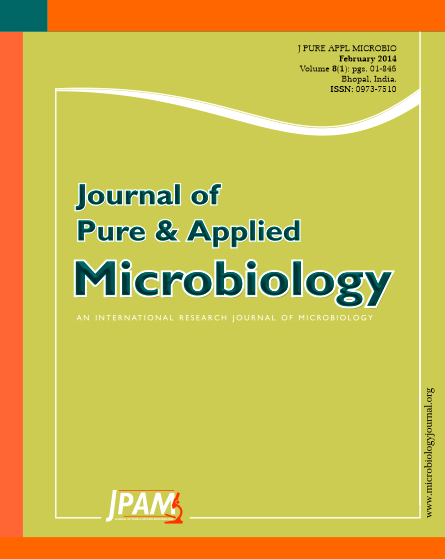Biofilm production potential of clinical isolates of Acinetobacter baumannii was investigated in this study. The clinical isolates showed varied potential of biofilm production, ranging from a minimum of 1.34 ± 0.28 by a blood isolate to a maximum of 2.02 ± 0.49 by a wound isolate as determined by crystal violet dye binding assay. Biofilm production by the A. baumannii strains were also investigated by growing the strains in presence of different percentage (0-20 %, v/v) of normal human serum (NHS) to determine whether NHS has any effect on biofilm production. Production of biofilm by A. baumannii strains was increased in presence of serum in a concentration dependent manner, reaching a maximum at 20 % concentration. Strains AB-1 (blood isolate) and AB-2 (wound isolate) showed significant increase in BF production in presence of 20 %, while in the case of the strain AB-3 (UTI isolate), there was a partial reduction in biofilm production in presence of serum. Taken together, the findings of this study indicate that clinical A. baumannii isolates exhibit varied biofilm forming potential which is influenced by NHS in a differential manner.
Biofilm, Acinetobacter baumannii, Normal human serum, Virulence
© The Author(s) 2014. Open Access. This article is distributed under the terms of the Creative Commons Attribution 4.0 International License which permits unrestricted use, sharing, distribution, and reproduction in any medium, provided you give appropriate credit to the original author(s) and the source, provide a link to the Creative Commons license, and indicate if changes were made.


